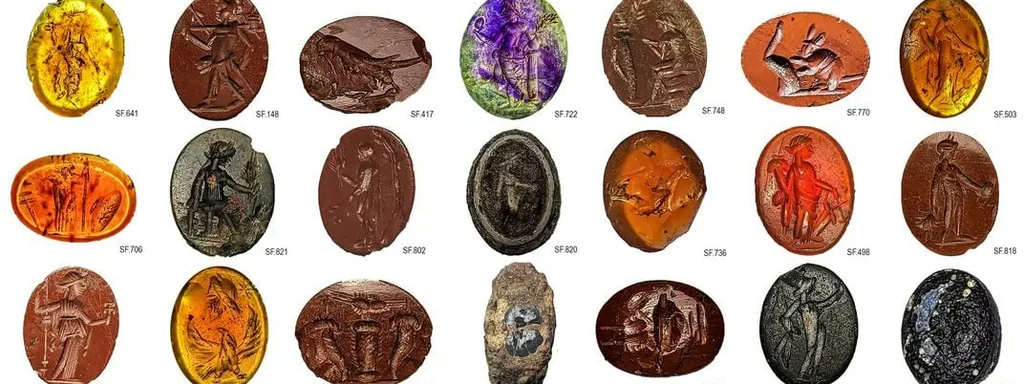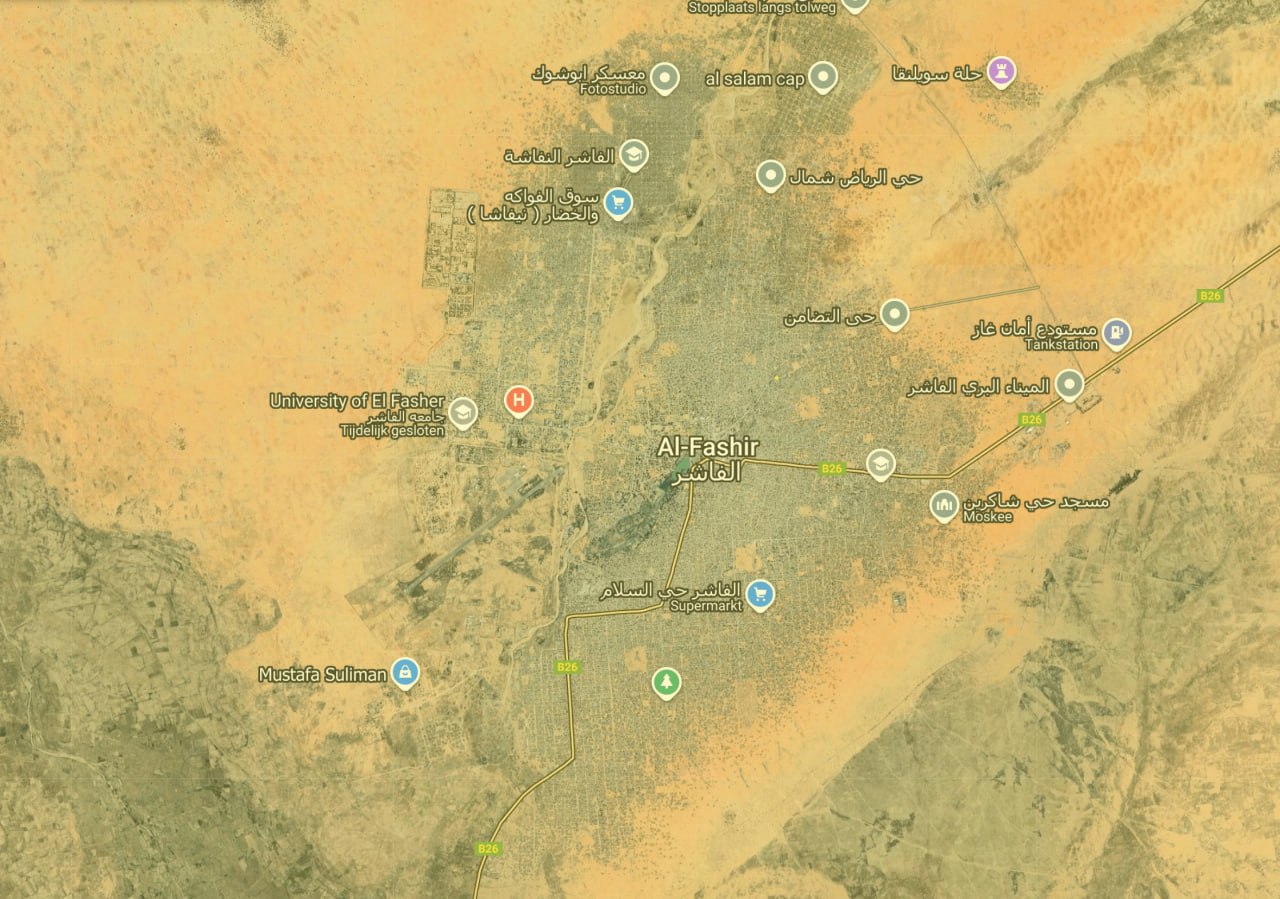Archaeologists have discovered a collection of 2000-year-old gemstones in a drain beneath an ancient Roman bathhouse in Carlisle, England, near Hadrian’s Wall. The excavation has revealed more than 30 gems, including amethyst, jasper, and carnelian, believed to have been lost by wealthy bathers during the bathhouse"s peak in the 2nd to 3rd Century CE.
Frank Giecco, the lead archaeologist on the project, stated that the gems likely fell from rings worn by bathers, as they were set with a vegetable glue that could not withstand the hot and humid conditions of the bathhouse. The gemstones feature carvings of deities associated with war, sun, commerce, luck, and fertility. The largest gems measure approximately 0.6 inches, while the smallest are just under 0.2 inches, indicating the craftsmanship required to produce them.
Giecco noted that such gemstones are not typically found at lower-status Roman sites, suggesting they were not worn by the poor. Similar gemstones have previously been found in the drains of other Roman bathhouses during archaeological excavations. The engraved gems, known as intaglios, have a history dating back 5000 years to Mesopotamia and were used to authenticate documents.
In addition to the gemstones, the excavation team has uncovered over 40 women’s hairpins, 35 glass beads, and hundreds of other artifacts, including pottery, weapons, and coins. These findings are expected to be displayed at Tullie House Museum and Art Gallery. Giecco expressed enthusiasm for the ongoing excavations, stating, “Carlisle was very much at the center of the Roman frontier, and we are very excited to go back for more amazing finds, as it is the site that just keeps giving.”







![[Video] US President Donald Trump meets Japanese Emperor Naruhito in Tokyo](/api/image/thumbnails/thumbnail-1761580851395-0464ox-thumbnail.jpg)
